We applaud the artisans blending age-old techniques with the latest technology in fashion, art, design and architecture
Since it first became available in the late 1980s, digital technology has permeated nearly every single aspect of our everyday lives, radically changing the way we think, work and perceive reality to the point that we can now swipe the pages of a book and 3D print a chair. But while the connection with the digital has never been stronger, we still feel the need for something more tangible than a virtual display. It is this concept that a new book, Postdigital Artisans, sets out to explore. Profiling the craft of 60 contemporary artists and designers, author Jonathan Openshaw investigates how their work is influenced by technology, yet rejects exclusive reliance on mechanical production. Rather, by drawing on more traditional practices and resources such as clay, metal, glass and wood, they promote a return to craftsmanship. Here we meet the artisans who are redefining creativity in the postdigital age.
Do Ho Suh
Dealing with the notions of memory and belonging, Do Ho Suh’s site-specific installations are based on architectural spaces that the artist has inhabited. As we lose touch with the physicality of places, Suh uses personal experiences to reflect on what it means to belong – a reflection that translates into bright-coloured, diaphanous sculptures made of polyester fabric and steel.
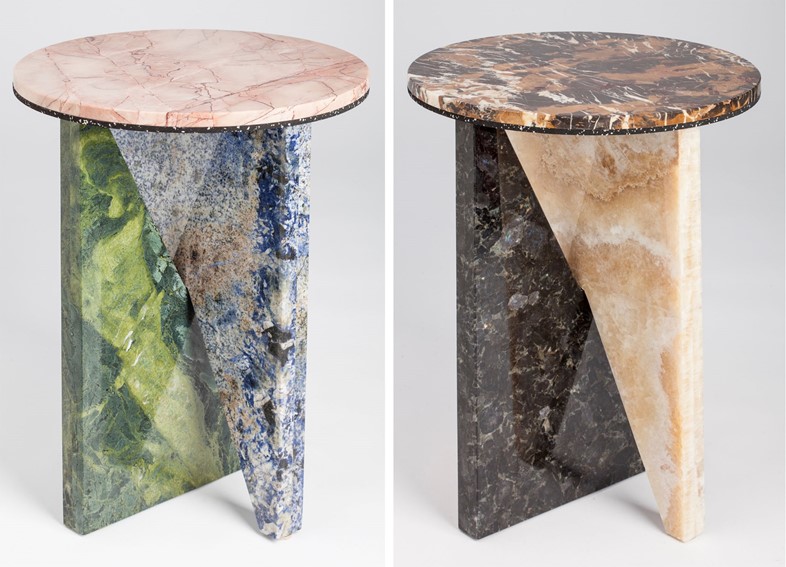
Jonathan Zawada
A cross-discipline visual art, graphic and product designer, Los Angeles-based Jonathan Zawada uses everything from laminated wood to copper and album cover artwork to explore the impact of digital aesthetics on the physical world. This is especially visible in his series of beautifully textured marbled stools and tables, where the boldness of digital design blends in seamlessly with the physical product.
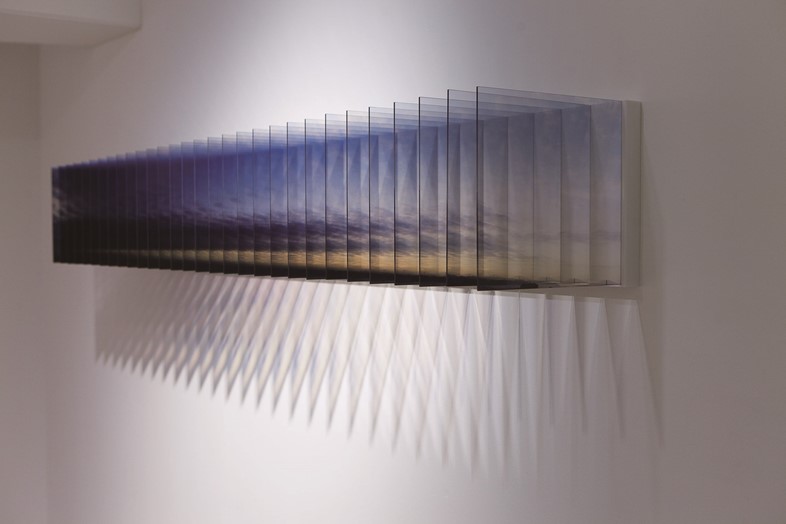
Nobuhiro Nakanishi
The Japanese artist creates enthralling layered sculptures by arranging Plexiglas drawings in a way that emphasizes the gap between frames. Using still images to symbolise the passing moments and translucent materials as a reference to the inconsistency of time, Nakanishi encourages the viewer to fill the spaces in his sculptures with their own perceptions, in order to create new memories that are a combination of what they've experienced and what the artist wanted to communicate.

Kohei Nawa
Concerned with the connection between natural and artificial, between living creatures and technology, from his studio in Kyoto Kohei Nawa creates pixelated sculptures by covering the surface of objects that he finds online with clear glass beads, prisms and liquids for a distorted, magnified effect. Ultimately, by disturbing recognition Nawa aims to stimulate new sensations.
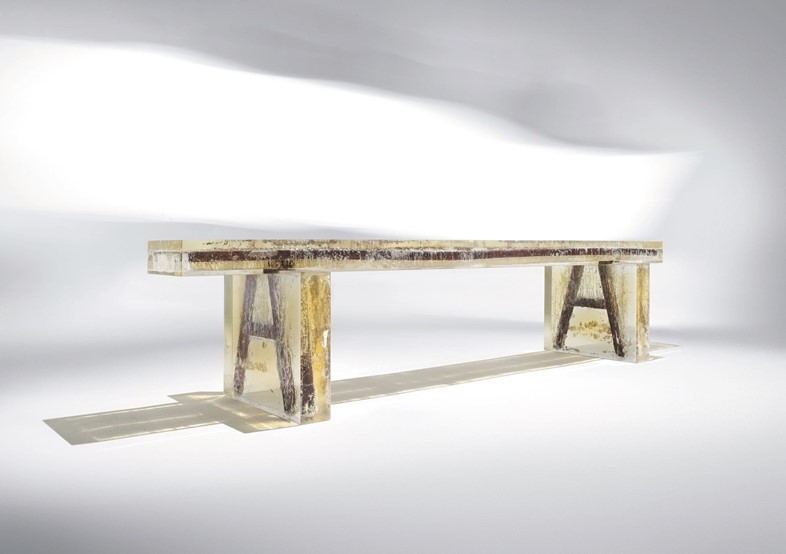
Studio Nucleo
Seeking to combine theory, practice and production, Studio Nucleo’s work addresses past and present, primitive and technological in an attempt to establish an interaction between history and design. From a pluri-centenarian oak tree trunk submerged in epoxy resin to a wooden bench fossilised in amber, Nucleo uses functional objects to question what we lose and what we preserve through technological progress.
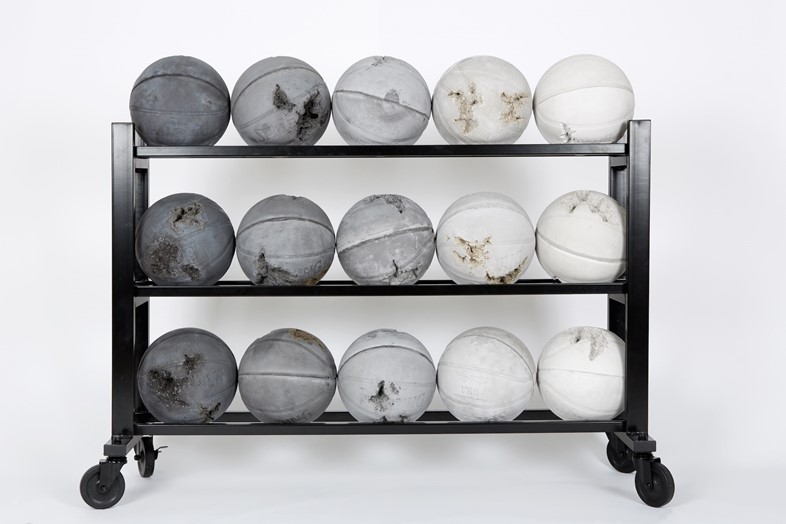
Daniel Arsham
While constantly inspired by the digital, Daniel Arsham’s work is mainly material-based. A talent that spans visual art, architecture and performance, New York-based Arsham became famous for his crumpled artifacts of pop culture cast in achromatic compounds. Wanting to make things behave in a way that they’re not supposed to, Arsham’s experimental approach to art sees volcanic ash turning into rock-solid basketballs, pulverised obsidian moulding into eroded radios and resin solidifying into human figures.
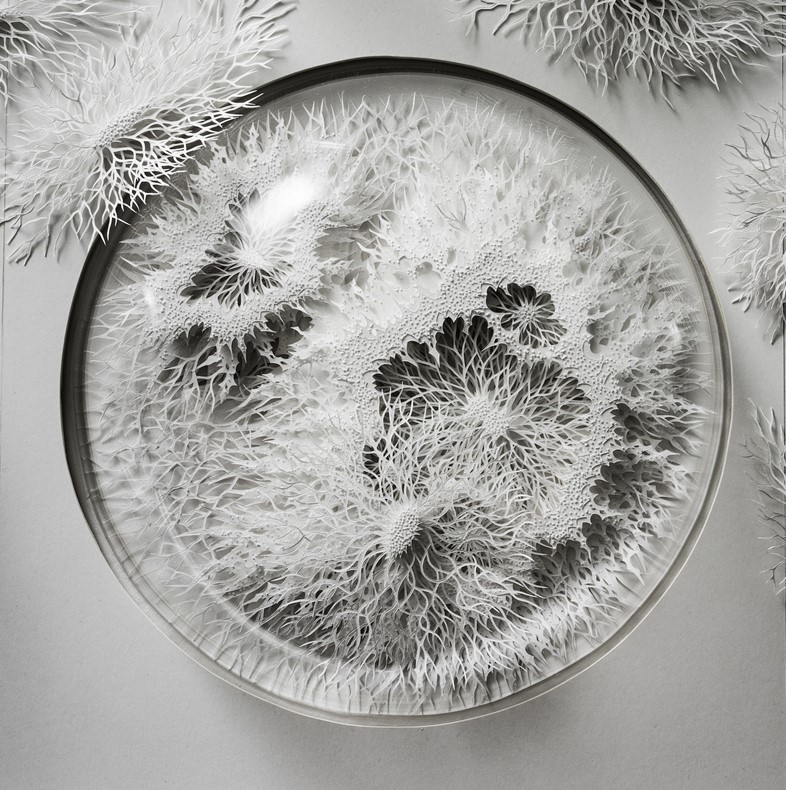
Rogan Brown
The intricacy of natural forms is at the heart of Rogan Brown’s practice. Inspired by anything from macrobiotics to geology to model making, his elaborate paper cuts evoke attraction to and fear of the mysterious world around us. Highly metaphorical, his designs – which are drawn by hand, cut and then layered into three-dimensional sculptures – represent a return to the original complexity of nature. From roughly cut-down trees to clean paper sheets and back to elaborate carvings, Brown’s attempt to restore the natural order of things can be seen as a subtle invitation to reconsider our relationship with the surrounding environment.
Postdigital Artisans, with an introductory interview with Hans Ulrich Obrist, is out now, published by Frame.
